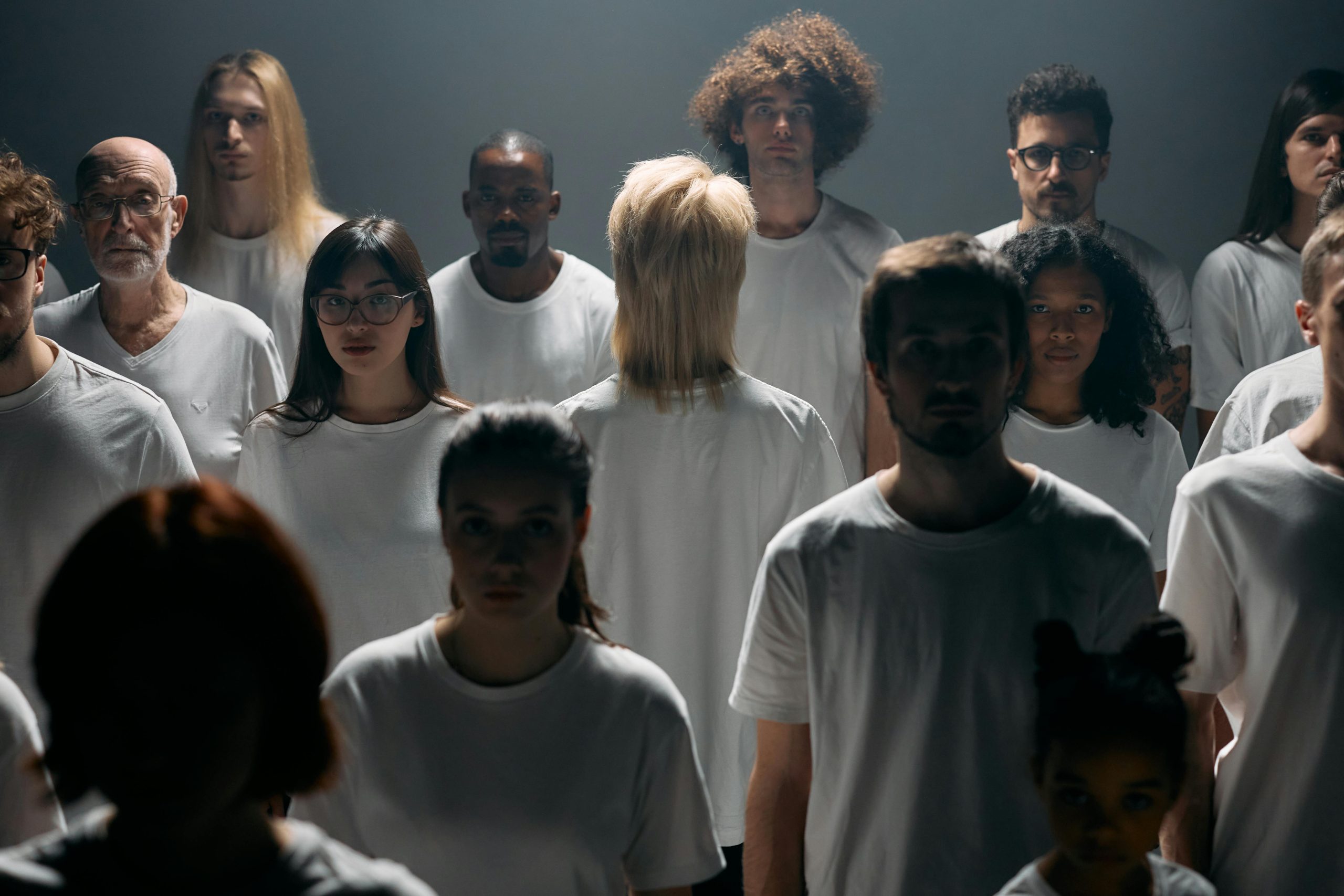Optimizing Website Performance: Utilizing SSR for Bots and CSR for Humans
In our listing site, we’ve encountered performance issues due to the server-side rendering (SSR) of millions of pages, especially during peak traffic times. To address this, we’re considering a conditional rendering approach. Here’s how we plan to implement it:
Conditional Rendering Strategy
- Server-Side Rendering (SSR): Applied to certain crawlers, including Googlebot, Bingbot, Twitterbot, LinkedInbot, Facebook, and others.
- Client-Side Rendering (CSR): Used for general human user traffic.
Request for Feedback
We’re keen to hear your perspectives on this strategy. If you have any experiences, suggestions, or potential challenges you anticipate, please share them with us. Additionally, we’re curious about how this approach might affect the crawling and indexing of our pages by search engines.


2 responses to “How does server-side rendering for bots and client-side for humans influence crawling and indexing?”
Implementing a strategy where pages are server-side rendered (SSR) for bots and client-side rendered (CSR) for human users can be an effective way to balance server load while ensuring good crawling and indexing. Below, I will outline some considerations, potential challenges, and impacts on crawling and indexing.
Thoughts on Implementation
Benefits:
Improved Server Performance: By reducing the load from human users through client-side rendering, server resources can be allocated more efficiently. This can lead to improved server response times during peak usage.
Optimized Crawling: Search engine bots receive pre-rendered HTML, ensuring they can easily parse and index content. This can improve the visibility of your pages in search results.
Potential Challenges:
Accurate Bot Detection: Ensure that your bot detection is accurate to prevent serving the wrong type of content. You can track known user-agent strings, but remember that these can change, and new bots may appear. Consider periodic updates to your detection logic.
JavaScript SEO Challenges: For client-side rendering, ensure your JavaScript is crawlable. Googlebot can render JavaScript, but it may have limitations or delays, potentially affecting immediacy in indexing changes.
Testing and Monitoring: Rigorous testing is required to ensure that content parity is maintained between SSR and CSR. Any discrepancies in content delivery can lead to search engine penalties.
Impact on Crawling and Indexing
Crawling:
Effective Crawling: With SSR for bots, crawlers receive fully rendered HTML, which can be crawled and indexed more effectively. This is particularly relevant for search engines with limited JavaScript execution capabilities (though Googlebot is getting more adept at handling JavaScript).
Crawl Budget: By delivering static HTML to bots, you can make more efficient use of your site’s crawl budget. Crawl budget is determined by the resources a search engine allocates to your site; SSR can help optimize this use.
Indexing:
Guaranteed Content Availability: SSR ensures that all critical content is visible to bots at the time of crawling. This can lead to better indexing outcomes since bots see a fully-loaded page without reliance on JavaScript execution.
Freshness and Timeliness: SSR can help in situations where content freshness is critical. Bots fetching the most current snapshot of your HTML directly from the server may index changes faster than they would with JavaScript
This is a fascinating topic that strikes at the heart of web optimization strategies! Your conditional rendering approach of utilizing SSR for bots and CSR for human users is certainly a creative solution to address your performance issues during high traffic periods.
One potential challenge to consider is how different bots might interpret your setup. While popular search engine crawlers like Googlebot are sophisticated and can handle some level of JavaScript, less advanced bots might struggle with CSR components. This could potentially lead to misinterpreted content and affect your indexing negatively. To mitigate this, maintaining a clear separation of content served depending on the user-agent is crucial, and ensuring that the SSR version adequately represents what the CSR version offers can help.
Additionally, I recommend implementing tools such as Google Search Console to continuously monitor how effectively your pages are being crawled and indexed under this new strategy. This feedback can be invaluable in fine-tuning your rendering approaches.
It’s also worth considering the implications for analytics; since CSR may yield different user engagement metrics compared to SSR, you’ll want to ensure your tracking aligns with both rendering methods to obtain a holistic view of your site’s performance.
Looking forward to hearing how this experimentation plays out for your site!